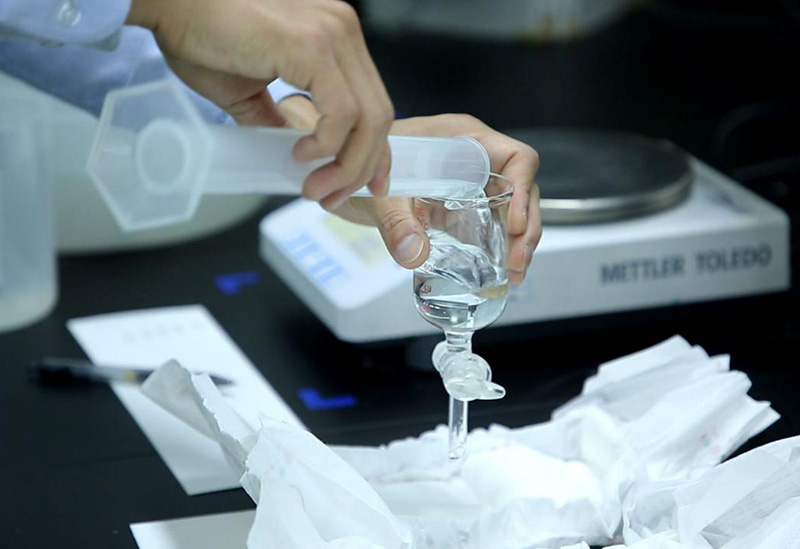Diapers are one of the essential items for every baby's growth process. In order to ensure the comfort and safety of the baby, the quality of diapers must undergo rigorous testing. In this article, we will introduce the relevant content of diaper testing, including what aspects need to be tested, and commonly used testing methods.

1. Hygroscopicity test:
As the main absorber of baby urine, diapers’ hygroscopic performance is one of the important indicators for evaluating the quality of diapers. Hygroscopicity testing usually includes the following aspects:
· Absorption rate test: Evaluates a diaper's ability to absorb urine quickly by measuring the time it takes for it to go from a dry state to completely absorbing urine.
· Absorption Capacity Test: Measures the amount of urine a diaper can absorb in a specific period of time to determine its absorbency.
2. Comfort test:
Diaper comfort is crucial to your baby's health and well-being. Comfort tests usually include the following:
· Elasticity test: Test the elasticity of the waist and legs of the diaper to ensure a proper fit without causing discomfort to the baby.
· Breathability test: Evaluate the breathability of diapers to prevent problems such as eczema and allergies on baby's skin.
3. Leak detection:
Preventing diaper leakage is an important factor in keeping your baby dry. Leakage detection mainly includes the following aspects:
· Side leakage test: simulates the urine distribution of the baby in different postures to evaluate the leakage prevention ability of the diaper.
· Absorption distribution test: Measure and analyze the urine distribution of the absorbent material in the diaper to ensure uniform distribution of urine and avoid leakage.
4.Security testing:
Diapers are in close contact with the baby's skin, and safety testing is an important step to ensure that the diapers will not have a negative impact on the baby's health. Safety testing usually includes the following:
· High temperature treatment test: simulates the stability of diapers in high temperature environment to ensure that no harmful substances are released.
· Baby skin irritation test: Evaluate the degree of irritation of diapers to baby's skin to ensure that they are non-irritating and allergic.
Diaper quality testing is a key step to ensure the health and comfort of babies. Moisture absorption, comfort, leakage and safety are common diaper testing contents. Through strict testing and qualified certification of diapers, we can provide babies with a dry, comfortable and safe environment to promote their healthy growth.